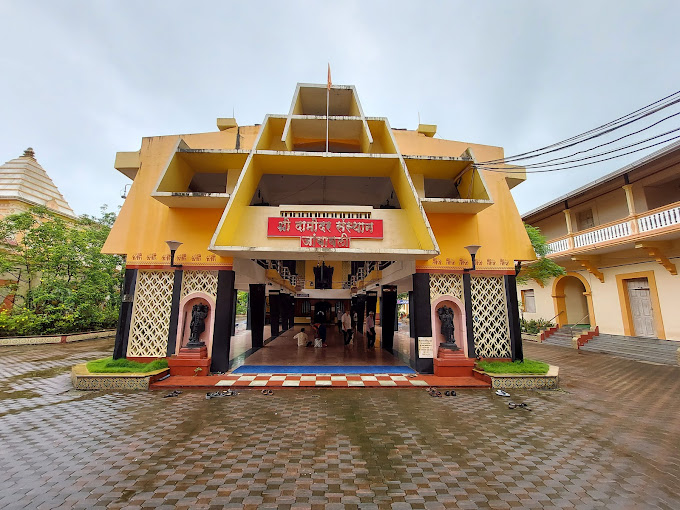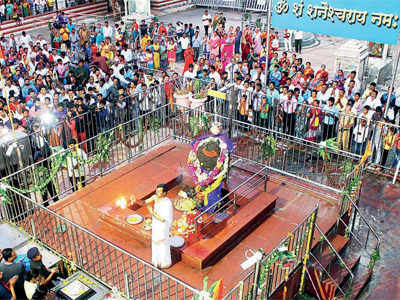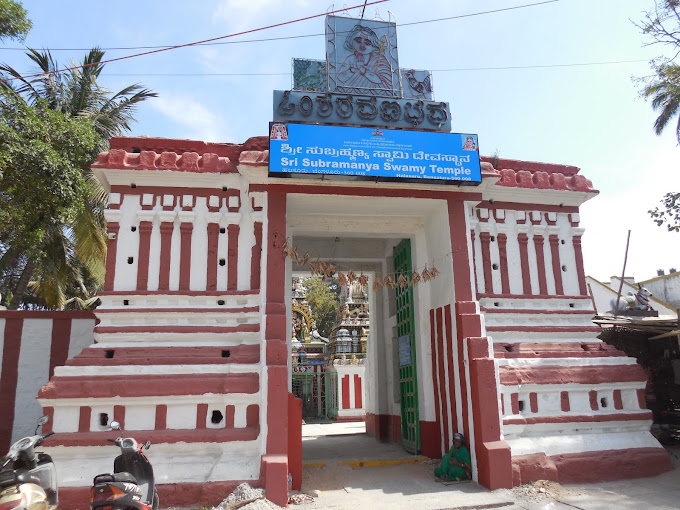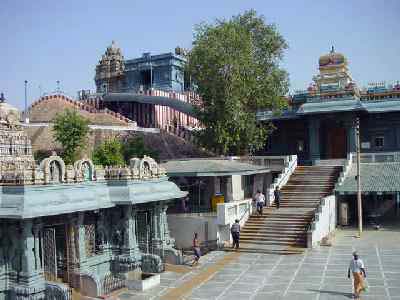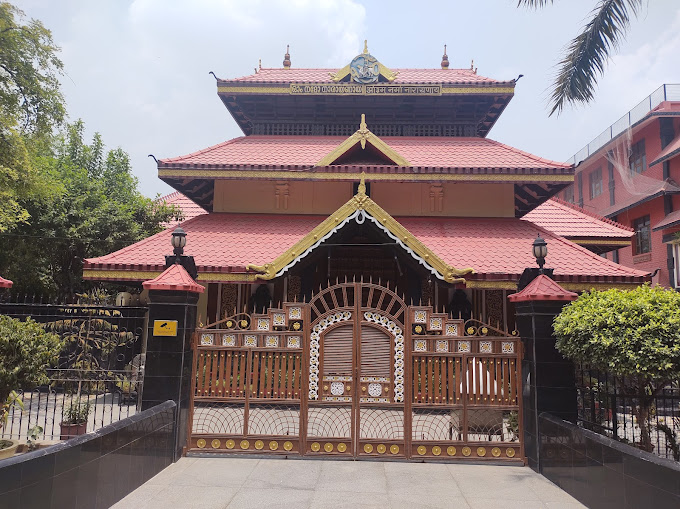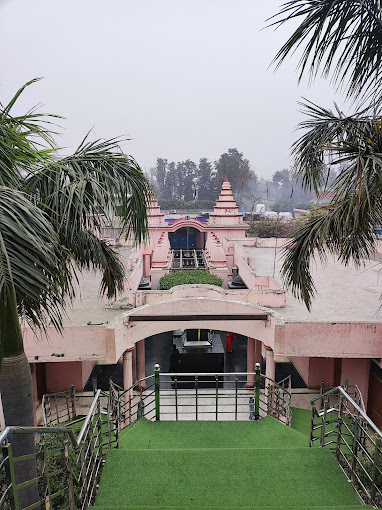Sri Kedarnath(Jyotirlinga) Temple (Panch Kedar)- Uttarakhand
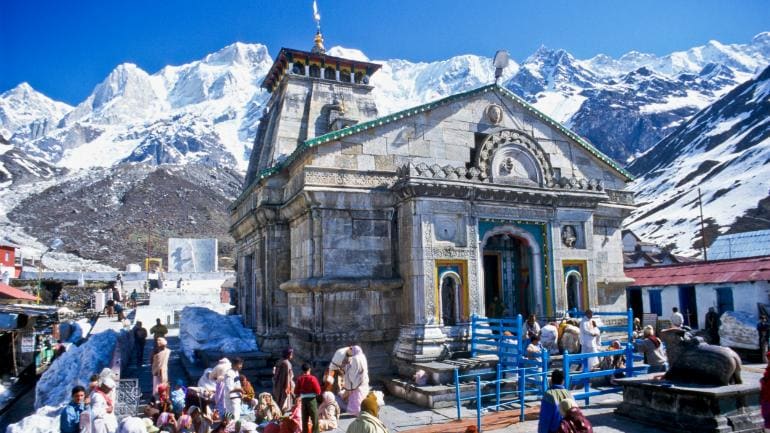
Address
Sri Kedarnath Temple, Uttarakhand Kedarnath, Uttarakhand 246445
Diety
Lord Kedarnath (Shiva)
Introduction
The Kedarnath Temple, dedicated to Lord Shiva, is a significant pilgrimage site located in the Garhwal Himalayan range near the Mandakini River in the state of Uttarakhand, India.
Pilgrimage Season:
- Kedarnath Temple is open to the general public for a specific period each year, from April (Akshaya Tritiya) to November (Kartik Purnima, the autumn full moon).
- During the winter months, which are characterized by extreme weather conditions, the idol or deity from Kedarnath is ceremoniously transported to Ukhimath, where it is worshipped for the next six months.
Unified Manifestation of Shiva:
- Kedarnath is revered as a unified manifestation of Lord Shiva, often referred to as the ‘Lord of Kedarkhand,’ reflecting the historical name of the region.
Puranic Significance
Origin of Kedarnath:
- The origins of the Kedarnath Temple and its builders are uncertain.
- The name “Kedarnath” means “the lord of the field” and is derived from the Sanskrit words “kedara” (field) and “natha” (lord).
- According to the “Kashi Kedara Mahatmya” text, it earned this name because it is where the “crop of liberation” flourishes.
Mythological Legend:
- According to Hindu mythology, Lord Shiva agreed to reside at Kedarnath upon the request of Nara-Narayana.
- The Pandava brothers, after the Kurukshetra War, came to Kedarnath seeking Shiva’s forgiveness for their actions in the war. They were guided by the sage Vyasa.
- Shiva initially hesitated to forgive them but transformed into a bull and concealed himself among cattle on the hill.
- When the Pandavas discovered him, he attempted to vanish by burying himself headfirst, but Bhima, one of the brothers, seized his tail.
- This compelled Shiva to reappear and pardon the Pandavas. They then built the initial temple at Kedarnath.
- According to this legend, parts of Shiva’s body also manifested at four other sites, collectively known as the “Panch Kedar.”
Historical References:
- The Skanda Purana, dated to the 7th-8th century, narrates the origin of the Ganges river and identifies Kedara (Kedarnath) as the location where Shiva released holy water from his matted hair.
- Records from hagiographies based on Madhava’s “Sankshepa-shankara-vijaya” mention that the philosopher Adi Shankara, who lived in the 8th century, passed away at Kedarnath. However, there are conflicting accounts suggesting he died in Kanchi. Ruins marking the supposed death site of Shankara can be found at Kedarnath.
- By the 12th century, Kedarnath had become a prominent pilgrimage destination, as mentioned in “Kritya-kalpataru,” authored by Gahadavala minister Bhatta Lakshmidhara.
Historical Tradition:
- According to a tradition recorded in 1926, the Kedarnath Temple did not have a local priest, and the priest from the Badrinath Temple conducted services at both temples, commuting between them daily.
Special Features
The Kedarnath Temple houses the presiding image of Lord Kedarnath in the form of a lingam. The lingam is of an irregular shape, with a pedestal that is approximately 3.6 meters (12 feet) in circumference and 3.6 meters (12 feet) in height. The temple complex also includes several features and additional temples:
- Pillared Hall: There is a small pillared hall in front of the Kedarnath Temple. Within this hall, you can find statues of Parvati (the consort of Shiva) and the five Pandava princes from the Hindu epic Mahabharata.
- Pancha Pandava Statues: The first hall inside the Kedarnath Temple contains the statues of the five Pandava brothers (Yudhishthira, Bhima, Arjuna, Nakula, and Sahadeva), Lord Krishna, Nandi (the divine bull and vehicle of Shiva), and Virabhadra, one of the guards of Shiva. The presence of the Pandavas in this temple is a significant connection to the Mahabharata.
- Draupadi Statue: Additionally, the temple complex features a statue of Draupadi, the wife of the Pandavas, and other deities.
- Unique Stone Carvings: An unusual feature of the Kedarnath Temple is the presence of a carved stone fascia that includes the head of a man. A similar head is seen carved in another nearby temple, constructed at the site where the marriage of Shiva and Parvati is believed to have taken place.
- Adi Shankara’s Samadhi Mandir: Behind the Kedarnath Temple is the samadhi mandir (memorial shrine) of Adi Shankaracharya, the renowned philosopher and saint. It is believed that Adi Shankara played a significant role in the revival and restoration of the Kedarnath Temple, as well as other temples in Uttarakhand. He is also believed to have attained Mahasamadhi (a state of transcendental meditation) at Kedarnath.
Festivals
Maha sivarathiri.
Century/Period/Age
3000 years old
Managed By
Uttarakhand Government
Nearest Bus Station
Kedarnath
Nearest Railway Station
Rishikesh
Nearest Airport
Jolly Grant
